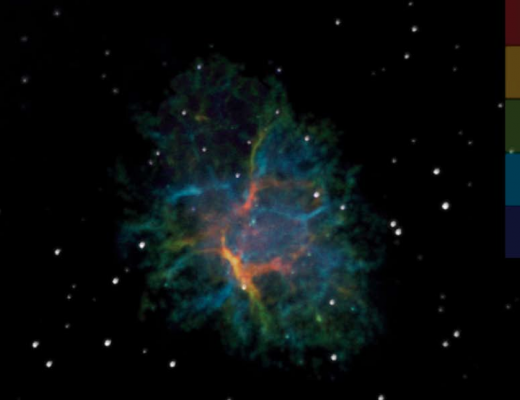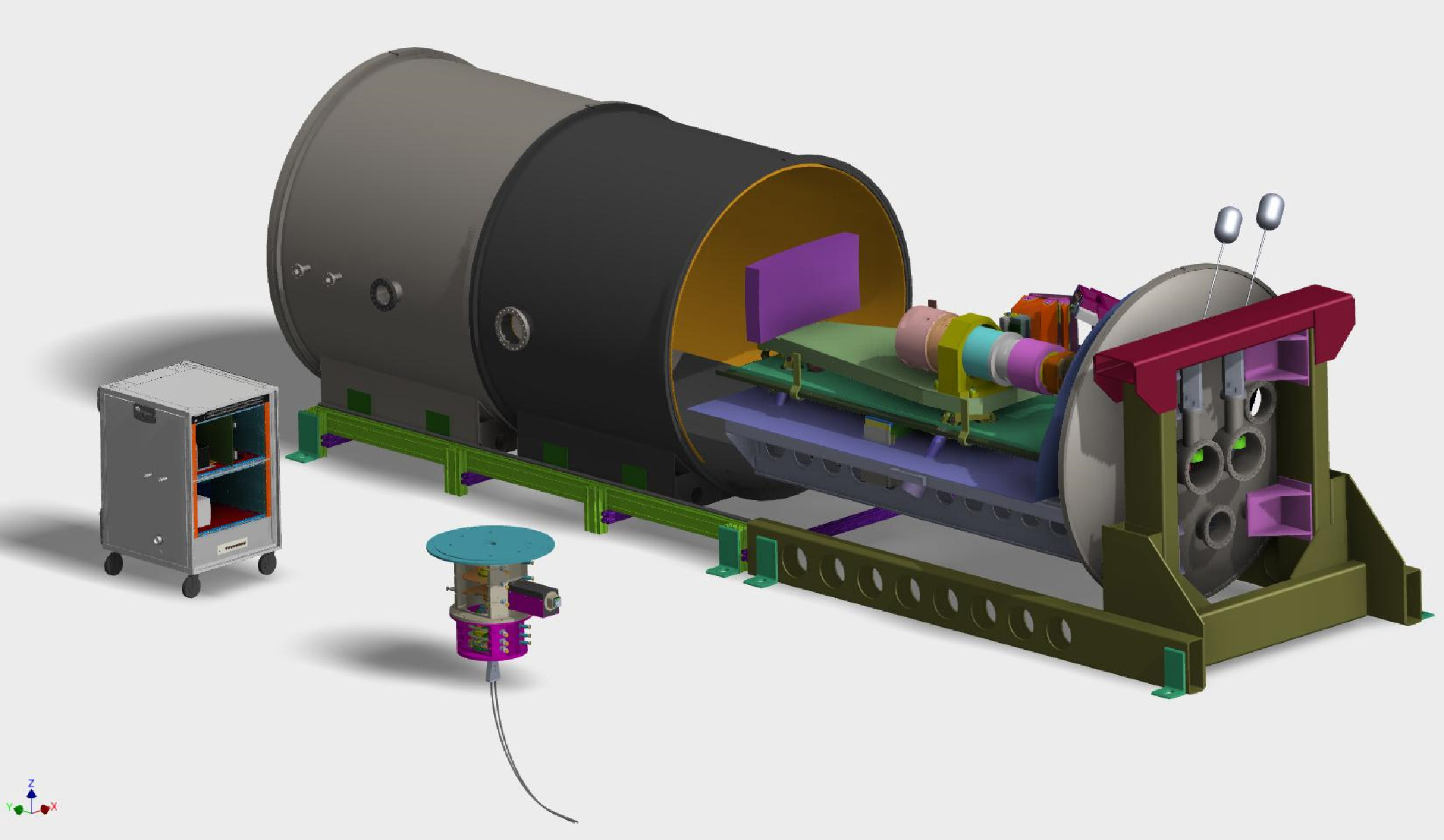SPIRou camera built and tested at UdeM and Université Laval

Our two astrophysics laboratories at Université de Montréal and Université Laval are currently working together to test the performance of the SPIRou camera.
The SPIRou spectrograph includes a camera that will focus the diffracted and collimated beam from the prisms, grism and parabola onto the scientific detector. This impressive opto-mechanical assembly comprises 5 large successive lenses (up to 237 mm in diameter and 35 mm thick) made from special glass offering optimum performance in the near infrared: three in BaF2 (barium fluoride), one in Infrasil (fused silica) and one in S-FTM16.
Each lens is held in position by a number of mechanical devices that minimize optical stresses and compensate for thermal contraction as the spectrograph cools to cryogenic temperatures (80 degrees Kelvin). The ring assembly supports the camera on the spectrograph’s optical bench and enables tilt adjustment.
The scientific camera was designed by Université Laval (UL) and Université de Montréal (UdeM) under the supervision of Olivier Hernandez, Simon Thibault, Philippe Vallée, Étienne Artigau and René Doyon. Alignment and opto-mechanical tests, currently underway at UdeM, involve measuring the back and effective focal lengths of the complete assembly, at room temperature, to confirm that each lens is correctly sized and positioned.
The next stage of integration will see the test detector mounted on the camera’s back side and focal plane during November.


